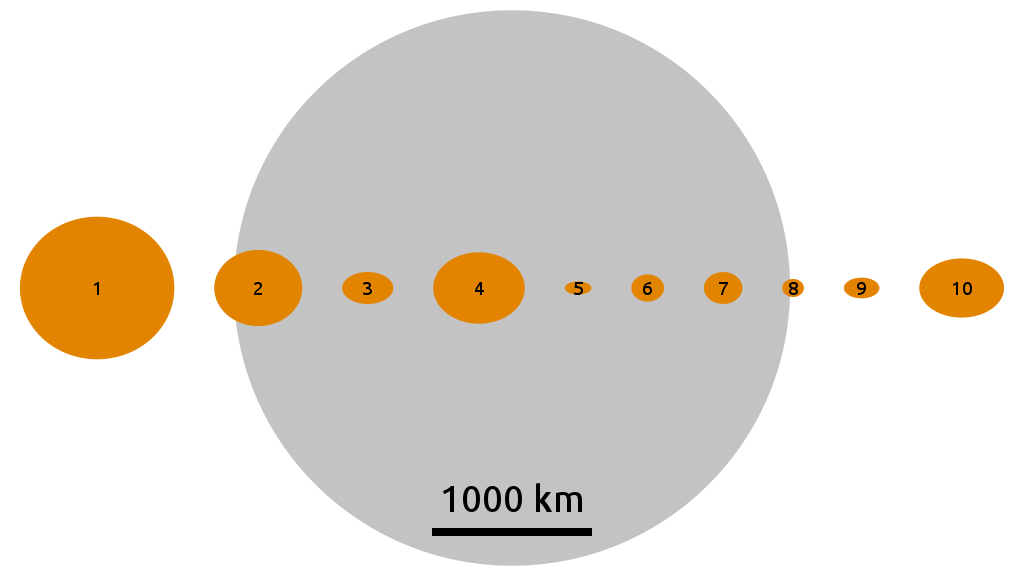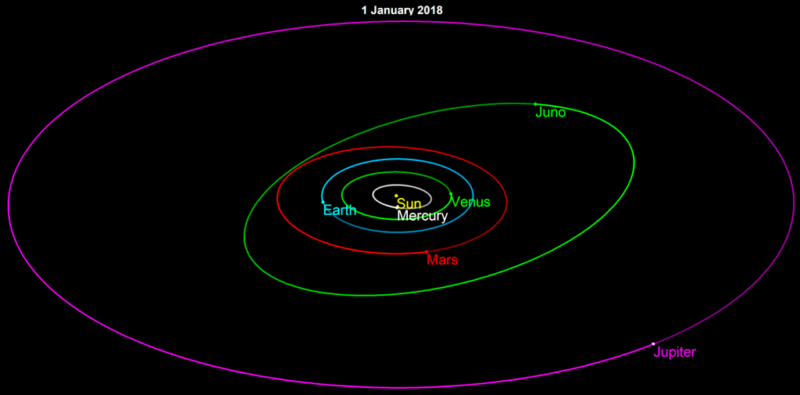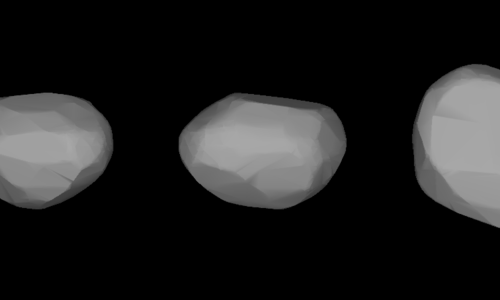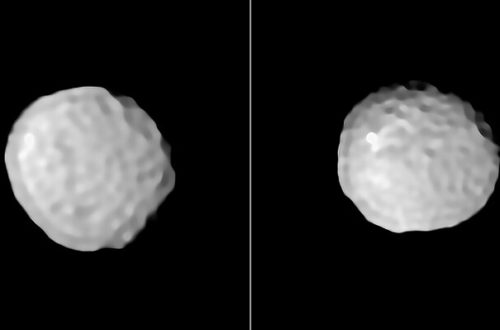Discovering the Wonders of Asteroid 3 Juno

Asteroid 3 Juno, located within the asteroid belt, has captivated astronomers for decades. Through an overview, we will discover the wonders of Juno and uncover the secrets it holds. Join us as we embark on a journey through space and delve into the mysteries of this remarkable asteroid.
Introduction to Asteroid 3 Juno
Asteroid 3 Juno is a fascinating space rock that has caught the attention of scientists and astronomers alike. This asteroid, located in the main asteroid belt between Mars and Jupiter, is one of the twenty largest asteroids in our solar system. Juno is a significant object that has piqued the curiosity of researchers due to its unique characteristics.

The Discovery of Asteroid Juno
The discovery of Juno is an essential milestone in the history of astronomy. In 1804, German astronomer Karl Ludwig Harding spotted the asteroid for the first time, making it the third asteroid ever discovered after Ceres and Pallas. Harding named the asteroid Juno, after the Roman goddess of marriage and childbirth, wife of Jupiter, and queen of the gods. It was initially thought to be a planet, but was later reclassified as an asteroid.
Characteristics and Properties of Juno
Asteroid 3 Juno is a fascinating space rock that has been the subject of much scientific interest since its discovery. It is a large asteroid, with a mean diameter of approximately 246.6 km. Juno is a stony (S-type) asteroid and makes up about 1% the mass of the entire asteroid belt.
This celestial body has a very eccentric orbit, greater than that of Pluto. It orbits the Sun at 2.669 AU (semi-major axis) which takes 4.361 years to complete. (Source: NASA JPL Small-Body Database Lookup for 3 Juno.)

This unusually bright asteroid has a high albedo, which explains its relatively high apparent magnitude and why it was discovered so early, before many larger asteroids.
It is also known to be irregularly shaped, with a somewhat elongated shape that suggests it may have undergone some kind of collision or disruption in the past. This, along with its small size, precludes it from being classified as a dwarf planet.
Conclusion
In summary, Asteroid 3 Juno has proven to be a fascinating space rock that has captivated the attention of scientists and astronomers alike. Despite its relatively small size, Juno has revealed a plethora of information about the formation and evolution of our solar system. Its unique physical characteristics and properties have sparked numerous scientific studies that have contributed to our understanding of our cosmic surroundings. As technology continues to advance, there is no doubt that we will unlock even more secrets surrounding this intriguing asteroid.
Would you like to receive similar articles by email?





